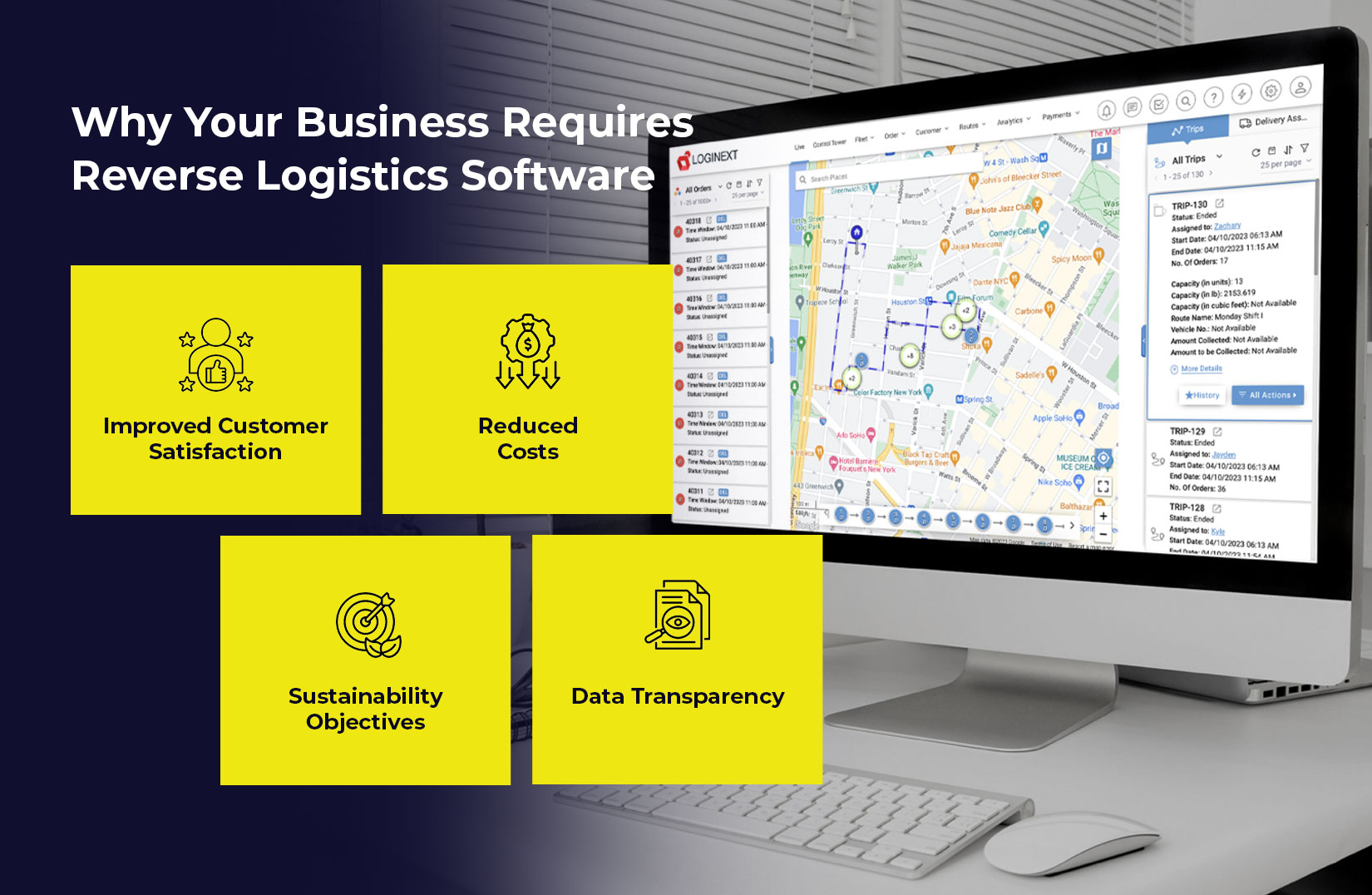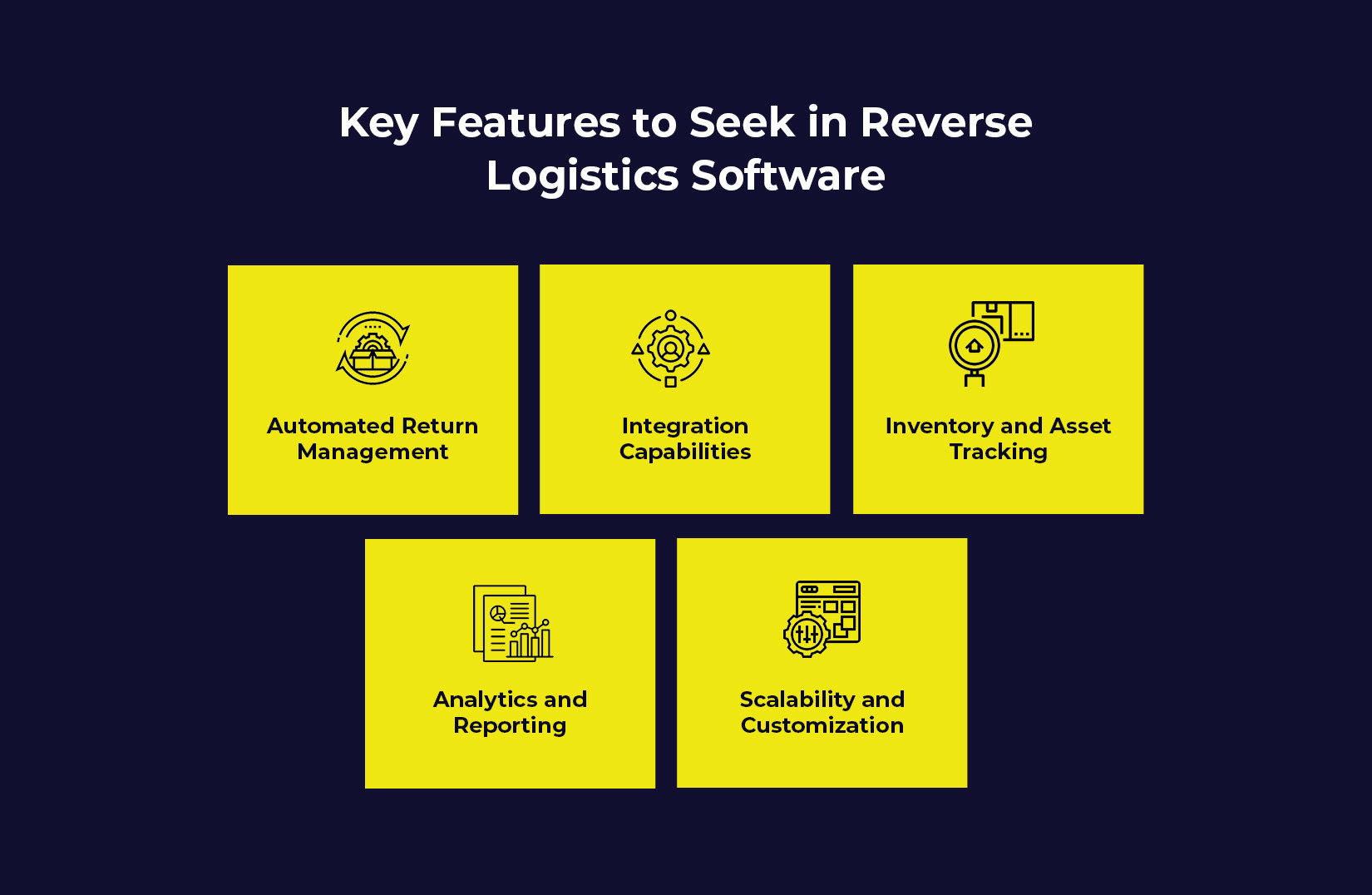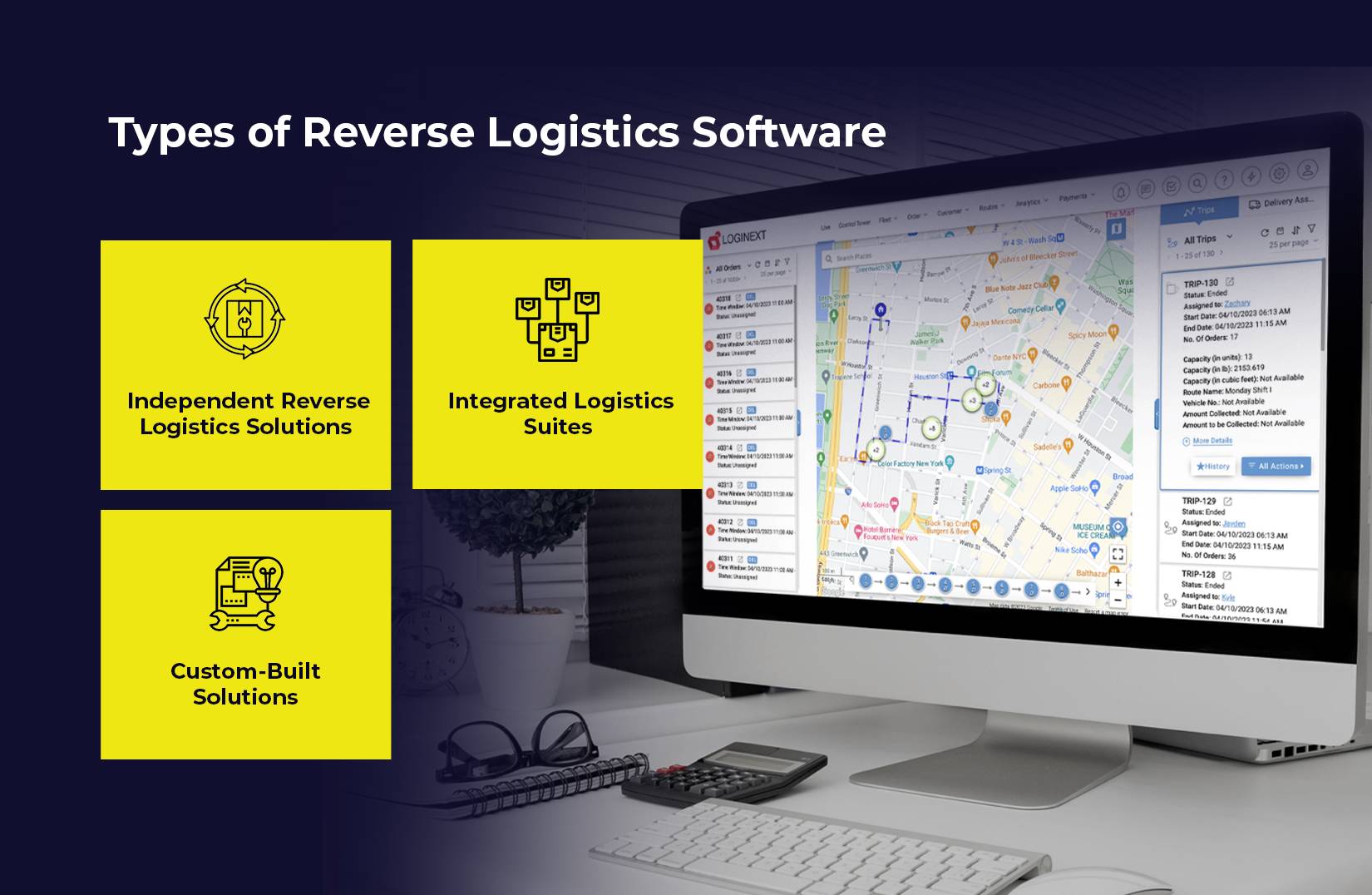
Choosing the Right Reverse Logistics Software for Your Business Needs
In today’s evolving supply chain environment, reverse logistics is no longer an afterthought, its a fundamental element of business success. With the growth in E-Commerce and increasing customer expectations for hassle-free returns, companies are under stress to optimize their reverse movement of goods. This is where reverse logistics software becomes a strategic imperative, rather than a technology upgrade.
But with many vendors and features saturating the market, selecting the appropriate reverse logistics software can be a daunting task. This guide will assist you in learning what to search for and why it is essential. It will also guide you on how to make the optimal choice for your business.
What is Reverse Logistics Software?
Reverse logistics software is a software that facilitates product return management, recalls, recycling, refurbishment and disposal. It contrasts with conventional logistics systems, which concentrate on customer-to-manufacturer forward movement. The reverse logistics software facilitates efficient movement in the opposite direction.
An effectively designed reverse logistics automates return authorization, monitors items being returned and optimizes reverse transport routes. It also supports compliance with sustainability objectives and laws. Statista indicates that the worldwide reverse logistics market is expected to reach $958 billion by 2028, reflecting increasing demand for strong reverse logistics solutions.
Why Your Business Requires Reverse Logistics Software

Regardless of your business in retail, manufacturing, automotive, or electronics, handling product returns and recalls effectively is critical. Ineffective reverse logistics can contribute to:
– Increased operational expenses
– Customer distrust
– Inventory backlog
– Compliance hazards
Implementing the right reverse logistics solution helps reduce these risks and unlocks several benefits:
1. Improved Customer Satisfaction:
Automate returns and given real-time feedback. Streamlined return process enhances post-purchase experience, increases trust and induces repeat business by making returns simple and convenient for customers.
2. Reduced Costs:
Reduce manual touch points and maximize reverse transportation. Automation saves on labor expense and human mistake, while smart routing decreases fuel and handling cost.
3. Sustainability Objectives:
Encourage recycling and reusability using data-driven monitoring. Monitor the life cycle of returned goods to maintain efficient reuse, refurbishment, or environmentally friendly disposal.
4. Data Transparency:
Get insights on return trends and return causations. Rich analytics improve product design, lower return rates, and optimize supply chain strategies.
Key Features to Seek in Reverse Logistics Software

Selecting a reverse logistics system is not merely about cost- it’s about value. Here are key features to seek:
1. Automated Return Management:
Software must facilitate effortless initiation of returns, approval processes, and monitoring. Automation eliminates human mistakes and enhances return cycle time. With automated rules for various types of returns- such as damaged, unwanted or expired products, businesses can automate processing and eliminate bottlenecks. It further ensures uniform treatment and improves customer satisfaction through quicker turnaround.
2. Integration Capabilities:
The system should seamlessly integrate with your current WMS, ERP, CRM, and eCommerce platforms to maintain data consistency. The system provides real-time data exchange, eliminates duplicate entries, and ensures that departments work with correct information. Cross-platform visibility and a single customer experience are supported through integration.
3. Inventory and Asset Tracking:
Strong reverse logistics technology will monitor returned merchandise in real time, whether for restocking, repair, or recycling. This minimizes the potential for lost or misplaced items and optimizes warehouse inventory space. It also enables companies to provide data-driven decision-making on refurbishing or scrapping assets.
4. Analytics and Reporting:
Informed dashboards and analytics assist companies in recognizing frequent return causes, tracking costs, and enhancing future product quality. Decision-makers can minimize unnecessary returns and optimize reverse logistics operations using past and real-time data.
5. Scalability and Customization:
Your reverse logistics needs today may not be the same tomorrow. Choose a solution that grows with your operations. Look for flexible modules and customizable workflows that adapt to new product lines, geographies and compliance needs as your business scales.
Types of Reverse Logistics Software

Reverse logistics software comes in different forms depending on business models and goals:
1. Independent Reverse Logistics Solutions:
These are exclusively targeted towards return-based flows, best suited for businesses that have intricate return operations. They have extensive functionality supporting return, refurbishment, recycling, and disposal processes. These are usually complemented with strong analytics and automation designed specifically for reverse logistics business processes.
2. Integrated Logistics Suites:
These integrate the forward and reverse logistics within one platform. Best for end-to-end visibility, these facilitate businesses in managing the whole product life cycle effortlessly. From delivery to back, all under one integrated system that allows for improved departmental coordination.
3. Custom-Built Solutions:
Specialty systems for specialized markets such as healthcare or electronics where regulatory compliance is essential. These systems are created to address specific business requirements, typically including sophisticated tracking, audit trails, and documentation functionality. This is done in order to fulfill complete compliance with industry-related regulations and standards.
Future Trends in Reverse Logistics Technology
With IoT and AI integration, reverse logistics technology is developing very quickly. Predictive analytics is assisting firms in forecasting return volumes. Image recognition software is minimizing fraud in return claims. Blockchain is under experimentation to provide traceability and accountability in return transactions.
As per a McKinsey report, firms that implement digital reverse logistics tools can enhance profitability by up to 5%. They can do this while boosting brand reputation through more environmentally friendly practices.
Final Thoughts: Choosing with Strategy
When selecting a reverse logistics software, align your choice with business objectives- cost reduction, customer experience, sustainability, or all of the above. Evaluate the total cost of ownership, not just upfront pricing. And involve key stakeholders from IT, operations, and customer service to ensure a solution that works across functions.
The correct reverse logistics solution is more than a software buy- it’s a strategic investment in long-term efficiency and brand loyalty. So, book a demo with LogiNext Solutions to get the best reverse logistics software. Click on the red button to know more.
45







@LogiNext